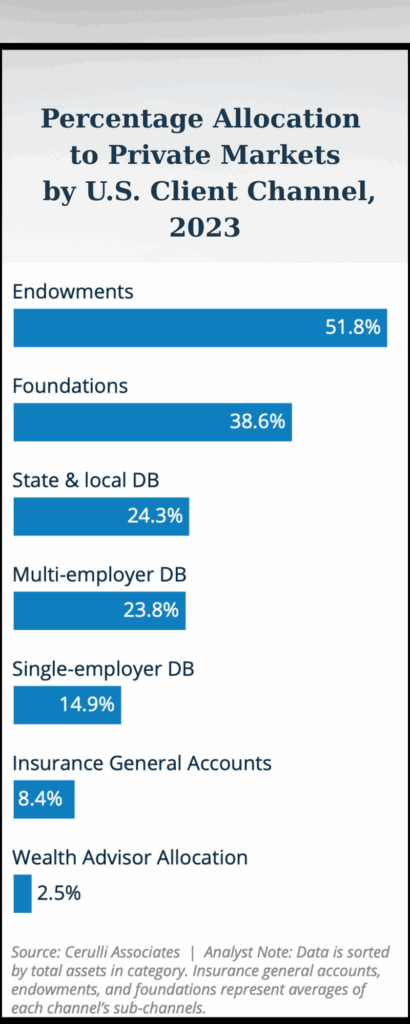
The Essence of Goal-Based Investing
Goal-based investing is more than just mental accounting that assigns labels like “house,” “college” or “retirement” to different pots of money. It's ultimately about risk management, as we learned from Lionel Martellini, director of France's EDHEC RIsk Institute.



